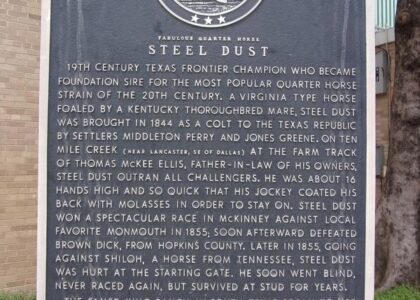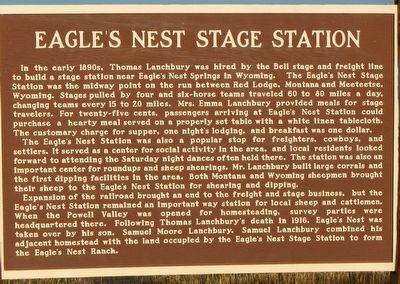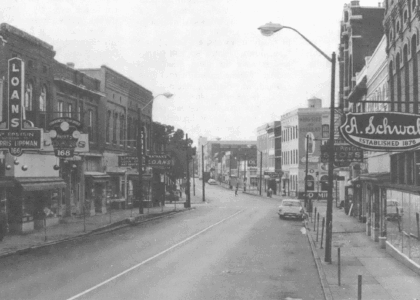Welcome to He Wrote “That’s Alright, Mama,” a location steeped in the early roots of rock and roll history. Imagine the echoes of a time when the South was a buzzing cradle of musical innovation. This very spot connects us to the legendary recording of ‘That’s Alright, Mama,’ a song that would become a cornerstone of rockabilly and rock and roll.
In the early 1950s, America was a melting pot of musical styles, with country and rhythm and blues intertwining to create something electrifying. Rockabilly, a fusion genre, emerged from these rich musical traditions, and it was here in the South that it truly found its voice. The term ‘rockabilly’ itself is a blend of ‘rock’ and ‘hillbilly,’ the latter referring to the country music influences that were prevalent during the time.
The song ‘That’s Alright, Mama’ was penned by Arthur ‘Big Boy’ Crudup, a Delta blues musician who was a significant figure in the development of rock and roll. Crudup’s influence was profound, yet it was his song, covered by a young Elvis Presley in 1954, that propelled both the song and the genre into the spotlight. At Sun Records in Memphis, Elvis’s version of ‘That’s Alright, Mama’ was recorded, marking his first single and a pivotal moment in music history.
This location allows us to reflect on the cultural shifts that were taking place. The 1950s were a time of transformation, and music was at the forefront. Rockabilly became a symbol of youthful rebellion and cultural change, with its energetic rhythms and daring style. Artists like Elvis Presley, Carl Perkins, and Jerry Lee Lewis were not just musicians; they were cultural icons who influenced fashion, attitudes, and the very sound of a generation.
The evolution of this genre can be traced through the instruments and styles adopted by its artists. Typical rockabilly bands featured electric guitars, slap-back bass, and a driving beat from a minimalist drum set. The music was raw and unpolished, yet it resonated with an authenticity that captivated audiences.
Today, as you stand here, consider the legacy of rockabilly. It laid the groundwork for numerous music genres and continues to inspire artists around the world. The resurgence of rockabilly in the late 1970s and early 1980s reaffirmed its lasting impact, proving that the spirit of this music lives on. This location serves as a testament to the enduring power of rock and roll, a reminder of the transformative energy of the 1950s, and a celebration of the cultural revolutions that music can inspire.






